Allopurinol: A Complete Information
Allopurinol is a extensively – used treatment with vital significance within the medical discipline. Its distinctive properties and therapeutic functions make it a vital element within the administration of sure well being circumstances.
1. What is Allopurinol?
Allopurinol is an artificial xanthine oxidase inhibitor. Xanthine oxidase is an enzyme concerned within the metabolic pathway that converts purines into uric acid. By inhibiting this enzyme, allopurinol reduces the manufacturing of uric acid within the physique. This mechanism of motion makes it extremely efficient in treating circumstances related to hyperuricemia, a state of elevated uric acid ranges within the blood. The most typical utility of allopurinol is within the therapy of gout, a painful type of arthritis brought on by the deposition of uric acid crystals within the joints. Moreover, it may be used to forestall uric acid – associated kidney stones and handle issues in sufferers present process chemotherapy or radiation remedy, the place the breakdown of cells can result in a sudden improve in uric acid manufacturing.
2. Product Supply, Chemical Properties, and Identifiers
Product Supply
Allopurinol is synthesized in pharmaceutical laboratories via a sequence of chemical reactions. The uncooked supplies utilized in its manufacturing are rigorously chosen and sourced from dependable suppliers. These uncooked supplies bear exact chemical synthesis processes, together with condensation, cyclization, and purification steps, to acquire the ultimate allopurinol product.
Chemical Properties
Allopurinol has a secure chemical construction underneath regular storage circumstances. It’s a white to off – white crystalline powder, barely soluble in water, and soluble in alkaline options. Its chemical stability ensures its effectiveness and shelf – life when saved correctly.
Chemical Identifiers
- CAS (Chemical Abstracts Service) Quantity: 315 – 30 – 0
- Molecular Components (MF): C₅H₄N₄O
- Molecular Weight (MW): 136.11 g/mol
- EINECS (European Stock of Current Business Chemical Substances) Quantity: 206 – 250 – 6
3. Finest Merchandise, Well being Advantages, Dosage, Precautions, and Aspect Results
Finest Merchandise and Highest – Content material Merchandise
The most effective allopurinol merchandise are these manufactured by pharmaceutical corporations that adhere to strict Good Manufacturing Practices (GMP) and have sturdy high quality management programs. Excessive – high quality allopurinol formulations usually have a excessive diploma of purity, making certain constant and dependable therapeutic results. Merchandise with correct packaging to guard towards moisture and light-weight, and clear labeling indicating dosage directions, are most well-liked. Corporations like Shaanxi Zhonghong Investment Technology Co., Ltd., with their superior manufacturing amenities and stringent high quality requirements, are able to producing excessive – high quality allopurinol uncooked supplies and completed merchandise that meet worldwide necessities.
Well being Advantages
- Gout Administration: Allopurinol helps stop gout assaults by decreasing the formation of uric acid crystals within the joints. Over time, it may dissolve present uric acid deposits, decreasing ache, irritation, and joint harm.
- Kidney Stone Prevention: By decreasing uric acid ranges, allopurinol decreases the danger of creating uric acid kidney stones, defending kidney perform.
- Most cancers Remedy Assist: In most cancers sufferers present process therapy, allopurinol can stop tumor lysis syndrome, a situation characterised by a sudden launch of mobile contents, together with purines, which may result in a harmful improve in uric acid ranges.
Really helpful Each day Consumption
The dosage of allopurinol depends upon the affected person’s situation, age, and response to therapy. For the therapy of gout, the preliminary dose is normally 100 mg per day, which will be progressively elevated, usually in increments of 100 mg each 2 – 4 weeks, as much as a most of 800 mg per day. For the prevention of kidney stones or tumor lysis syndrome, the dosage is set primarily based on the person’s particular wants and is adjusted by a healthcare supplier.
Precautions and Aspect Results
- Precautions: Allopurinol needs to be used with warning in sufferers with kidney or liver impairment, as these organs are concerned in its metabolism and excretion. It could work together with sure drugs, equivalent to azathioprine and mercaptopurine, growing the danger of toxicity. Sufferers ought to inform their healthcare supplier of all of the drugs they’re taking. Allopurinol may also trigger extreme allergic reactions in some people, particularly these with a historical past of hypersensitivity to sulfonamides.
- Aspect Results: Frequent uncomfortable side effects embody rash, itching, nausea, vomiting, and diarrhea. Extra critical uncomfortable side effects could embody Stevens – Johnson syndrome, a extreme and probably life – threatening pores and skin response, and acute kidney damage. If any uncommon or extreme uncomfortable side effects happen, fast medical consideration is required.
4. Firm Introduction – Shaanxi Zhonghong Investment Technology Co., Ltd.
Shaanxi Zhonghong Investment Technology Co., Ltd. is a excessive – tech enterprise on the forefront of innovation within the chemistry, supplies, and life sciences sectors. Integrating agile R&D, collaborative innovation, built-in manufacturing, and international advertising and marketing, the corporate has firmly established itself as a dependable associate within the business. Specializing within the extraction, separation, purification, and market utility of plant – derived energetic elements, it sources premium uncooked supplies globally to make sure the manufacturing of prime – high quality merchandise.
- Analysis and Improvement Energy: The corporate has fashioned strategic alliances with 5 main universities, establishing joint laboratories that drive reducing – edge analysis. With over 20 patented applied sciences and a globally unique compound library, it constantly innovates in product improvement, sustaining a aggressive edge out there.
- Superior Tools: Outfitted with state – of – the – artwork detection programs, together with excessive – efficiency liquid chromatography (HPLC) and superconducting nuclear magnetic resonance (NMR) spectrometers, Shaanxi Zhonghong maintains purity requirements that exceed business averages by 20%. This superior gear allows exact high quality management at each stage of manufacturing.
- International Attain: With a presence in over 80 nations throughout Asia, Europe, and the Americas, the corporate offers personalized uncooked materials options for multinational pharmaceutical corporations and analysis establishments. Boasting 28 years of expertise within the bioactive compound business, it has a profound understanding of world market calls for and regulatory necessities.
5. Product Supply
Allopurinol is synthetically produced, and Shaanxi Zhonghong Investment Technology Co., Ltd. sources excessive – high quality uncooked supplies from trusted suppliers. The corporate has strict high quality management measures in place through the sourcing course of to make sure that the uncooked supplies meet the required requirements for allopurinol synthesis. By rigorously deciding on and monitoring the uncooked supplies, the corporate can produce allopurinol with constant high quality and efficacy.
6. Well being Advantages and Aspect Results, Is Nattokinase Good for Kidneys?
Well being Advantages of Allopurinol (Recap)
Allopurinol’s skill to manage uric acid ranges affords vital well being advantages in managing gout, stopping kidney stones, and supporting most cancers sufferers throughout therapy. By addressing the basis trigger of those circumstances associated to hyperuricemia, it improves sufferers’ high quality of life and reduces the danger of related issues.
Nattokinase and Kidney Well being
Nattokinase, an enzyme derived from natto, has been studied for its potential advantages on kidney well being. Some analysis signifies that it could assist enhance blood circulate, scale back blood clots, and have a optimistic impression on the microcirculation within the kidneys. Nonetheless, extra complete scientific trials are wanted to completely perceive its results on kidney perform. Sufferers with kidney issues ought to at all times seek the advice of their healthcare supplier earlier than utilizing nattokinase dietary supplements, as it could work together with different drugs or have unexpected results on their situation.
7. Utilization Tips
Allopurinol is normally taken orally in pill or capsule type. It is strongly recommended to take the treatment with meals or milk to cut back the probability of gastrointestinal uncomfortable side effects. Sufferers ought to take allopurinol on the similar time every day to take care of a constant degree of the drug within the physique. It’s important to not cease taking allopurinol with out consulting a healthcare supplier, even when signs enhance, as sudden discontinuation could result in a recurrence of excessive uric acid ranges and gout assaults.
8. Precautions
- Allergic reactions: Sufferers ought to inform their physician instantly in the event that they expertise any indicators of an allergic response, equivalent to rash, swelling, issue respiration, or itching, after taking allopurinol.
- Remedy Interactions: Healthcare suppliers ought to conduct an intensive overview of a affected person’s treatment checklist, together with pharmaceuticals, over – the – counter drugs, and natural dietary supplements, to determine potential interactions with allopurinol. That is essential to keep away from elevated toxicity or lowered effectiveness of the drugs.
9. Product Specs
|
Class
|
Merchandise Identify
|
Indicator
|
Detection Methodology
|
|
Pesticide Residues
|
A number of Pesticide Residues
|
≤0.01 – 1 mg/kg (varies by pesticide)
|
QuEChERS technique mixed with GC – MS or LC – MS/MS
|
|
Heavy Metals
|
Lead (Pb)
|
≤1 mg/kg
|
Atomic Absorption Spectroscopy (AAS) or Inductively Coupled Plasma – Mass Spectrometry (ICP – MS)
|
|
Heavy Metals
|
Arsenic (As)
|
≤0.5 mg/kg
|
AAS or ICP – MS
|
|
Heavy Metals
|
Cadmium (Cd)
|
≤0.3 mg/kg
|
AAS or ICP – MS
|
|
Heavy Metals
|
Mercury (Hg)
|
≤0.05 mg/kg
|
Chilly Vapor Atomic Absorption Spectrometry (CV – AAS)
|
|
Microorganisms
|
Whole Cardio Plate Depend
|
≤100 CFU/g
|
Normal plate rely technique
|
|
Microorganisms
|
Yeast and Mildew
|
≤10 CFU/g
|
Dilution and plating technique
|
|
Microorganisms
|
Escherichia coli
|
Destructive/25 g
|
Selective media tradition and biochemical identification
|
|
Microorganisms
|
Salmonella
|
Destructive/25 g
|
Enrichment tradition and serological identification
|
10. Manufacturing Course of
The manufacturing of allopurinol at Shaanxi Zhonghong Investment Technology Co., Ltd. begins with the exact weighing and mixing of uncooked supplies based on the established formulation. The combination then undergoes a sequence of chemical reactions, together with condensation and cyclization, underneath rigorously managed temperature, stress, and response time circumstances. After the synthesis, the crude allopurinol product is purified utilizing superior methods equivalent to crystallization and chromatography to take away impurities and enhance the purity of the product. The purified allopurinol is then formulated into tablets or capsules, and every batch undergoes rigorous high quality management testing to make sure its security, efficacy, and compliance with worldwide requirements earlier than being launched for business distribution.
11. Utility Eventualities
- Pharmaceutical Trade: Allopurinol is a key ingredient within the formulation of medicines for the therapy of gout, prevention of kidney stones, and administration of hyperuricemia – associated issues in most cancers sufferers. It is usually used within the improvement of mixture therapies with different medication.
- Analysis: In scientific analysis, allopurinol is used as a instrument to review the position of uric acid in numerous physiological and pathological processes. It helps researchers perceive the mechanisms underlying gout and different uric acid – associated problems, and can be utilized to check the efficacy of recent therapy methods.
12. High quality Management
High quality management is of utmost significance within the manufacturing of allopurinol at Shaanxi Zhonghong Investment Technology Co., Ltd. The corporate follows a complete high quality administration system that begins with the strict inspection of uncooked supplies. Solely uncooked supplies from accredited suppliers that meet strict high quality standards are accepted. In the course of the manufacturing course of, in – course of monitoring is carried out at each stage, from uncooked materials preparation to formulation. Essential parameters equivalent to response temperature, stress, and time are exactly managed and constantly monitored to make sure constant product high quality. After manufacturing, the ultimate allopurinol product undergoes a battery of assessments. Excessive – efficiency liquid chromatography (HPLC) is used to precisely decide the allopurinol content material and detect any impurities. Microbiological testing ensures the product is free from dangerous microorganisms, whereas heavy metallic testing verifies that the product meets security requirements. The corporate’s superior NMR spectrometers are used for structural affirmation and additional purity evaluation. All take a look at outcomes are rigorously reviewed by a group of high quality management specialists, and solely merchandise that meet or exceed each inner and worldwide high quality requirements are accredited for launch.
13. Packaging and Logistics
Allopurinol merchandise are packaged in hermetic, gentle – resistant containers to guard the soundness of the treatment. For bulk uncooked materials shipments, giant – capability, sealed drums are used, whereas pharmaceutical formulations are packed in blister packs or bottles. Shaanxi Zhonghong Investment Technology Co., Ltd. companions with dependable worldwide logistics suppliers to make sure the secure and well timed supply of merchandise. The corporate is effectively – versed in worldwide delivery rules and customs procedures, enabling seamless transportation of allopurinol merchandise to over 80 nations worldwide. Particular care is taken throughout transportation to take care of the required storage circumstances, equivalent to temperature and humidity management, to protect the integrity of the product.
14. Well being Efficacy and Mechanism Analysis, Industrial Utility and Technological Innovation, Analysis Frontiers and Challenges
Well being Efficacy and Mechanism Analysis
Ongoing analysis is concentrated on additional understanding the lengthy – time period results of allopurinol on numerous organs and programs, in addition to its potential interactions with different drugs. Scientists are additionally exploring new mechanisms of motion and methods to optimize its therapeutic results whereas minimizing uncomfortable side effects.
Industrial Utility and Technological Innovation
Within the pharmaceutical business, efforts are being made to develop new formulations of allopurinol, equivalent to prolonged – launch tablets and topical preparations, to enhance affected person compliance and therapeutic outcomes. Technological developments in chemical synthesis and purification processes are additionally being explored to extend manufacturing effectivity, scale back prices, and improve product high quality.
Analysis Frontiers and Challenges
One of many frontiers in allopurinol analysis is the event of personalised therapy methods primarily based on a affected person’s genetic make-up. Figuring out genetic markers that may predict a affected person’s response to allopurinol and the danger of uncomfortable side effects is a major problem. Moreover, discovering methods to beat the restrictions of allopurinol, equivalent to its gradual onset of motion in some sufferers and the event of drug resistance, stays an space of energetic analysis.
15. FAQ
- Q: How lengthy does it take for allopurinol to work for gout?
A: It could take a number of weeks to months for allopurinol to completely scale back uric acid ranges and stop gout assaults. Nonetheless, some sufferers could discover a lower within the frequency and severity of assaults inside a couple of months of beginning therapy.
- Q: Can I drink alcohol whereas taking allopurinol?
A: It’s advisable to keep away from or restrict alcohol consumption whereas taking allopurinol, as alcohol can improve uric acid ranges and scale back the effectiveness of the treatment.
- Q: Is allopurinol secure for lengthy – time period use?
A: Allopurinol will be safely used for lengthy – time period therapy underneath the supervision of a healthcare supplier. Common monitoring of uric acid ranges, kidney perform, and different related parameters is critical to make sure its security and effectiveness.
16. The place to Buy?
For top – high quality allopurinol merchandise, you’ll be able to contact Shaanxi Zhonghong Investment Technology Co., Ltd. by way of e mail at liaodaohai@gmail.com or go to their web site at aiherba.com. The corporate affords a spread of allopurinol – primarily based merchandise, together with uncooked supplies and formulated prescribed drugs, and offers personalized options to satisfy the particular wants of pharmaceutical producers and analysis establishments.
17. Conclusion
Allopurinol is a crucial treatment with various therapeutic functions in managing hyperuricemia – associated circumstances. With the assist of corporations like Shaanxi Zhonghong Investment Technology Co., Ltd., that are devoted to excessive – high quality manufacturing and innovation, the provision and high quality of allopurinol merchandise are constantly bettering. Nonetheless, ongoing analysis is important to additional optimize its use, increase its functions, and overcome the related challenges. As our understanding of allopurinol and its results on human well being deepens, it should proceed to play a vital position in bettering the effectively – being of sufferers worldwide.
18. Reference Supplies
[1] Khanna, D., Fitzgerald, JD., Khanna, PP., et al. 2012 American Faculty of Rheumatology tips for administration of gout. Half 1: systematic nonpharmacologic and pharmacologic therapeutic approaches to hyperuricemia. Arthritis Care Res (Hoboken). 2012;64(10):1431 – 1446.
[2] Stamp, LK., Taylor, WJ., Gamble, GD., et al. Allopurinol and cardiovascular outcomes in sufferers with gout. N Engl J Med. 2019;380(24):2329 – 2340.
[3] European Medicines Company. Allopurinol: Abstract of Product Traits. [Updated date]. Out there from: [Website URL].

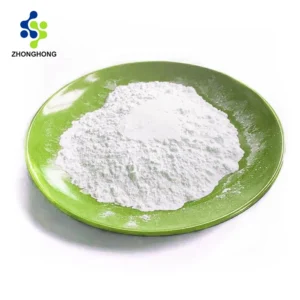
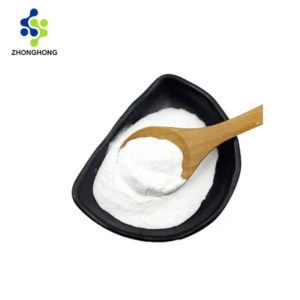
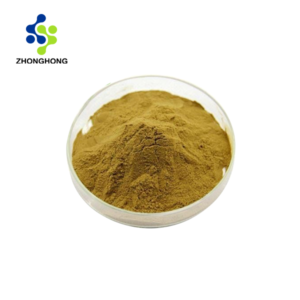
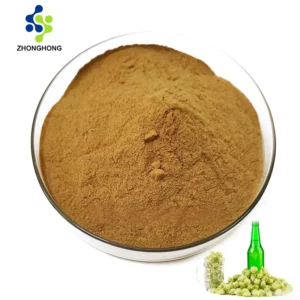
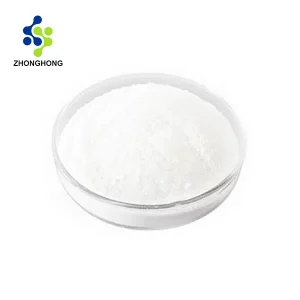
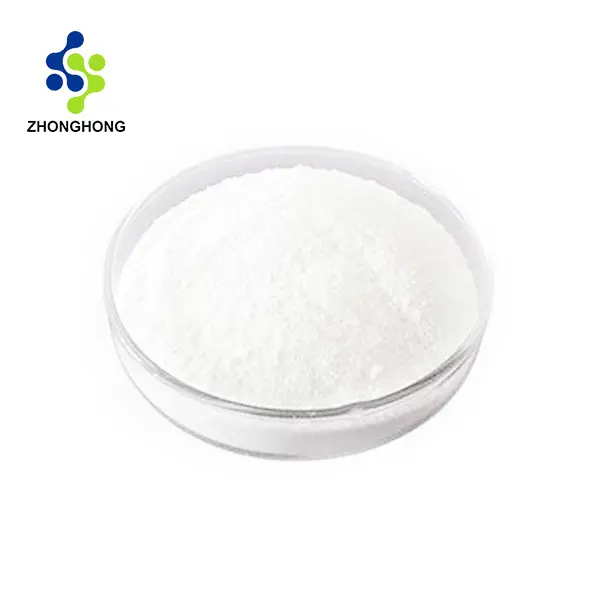
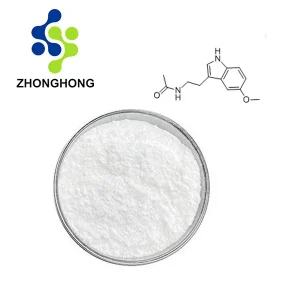
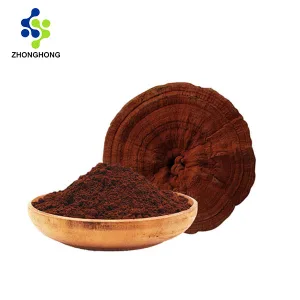
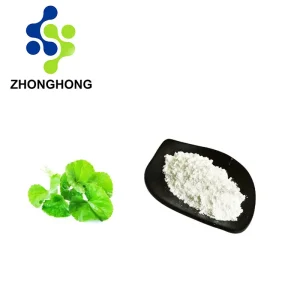
Reviews
There are no reviews yet.